The Amazon conjures up all sorts of images – impenetrable rainforests, canopied rivers with fierce piranhas and caiman lurking beneath their surfaces, intense heat and humidity, and bug-infested swamps. While some such images may be true to life, an Amazon journey can today be undertaken in relative comfort, making one of the world’s most stunningly diverse environments accessible.
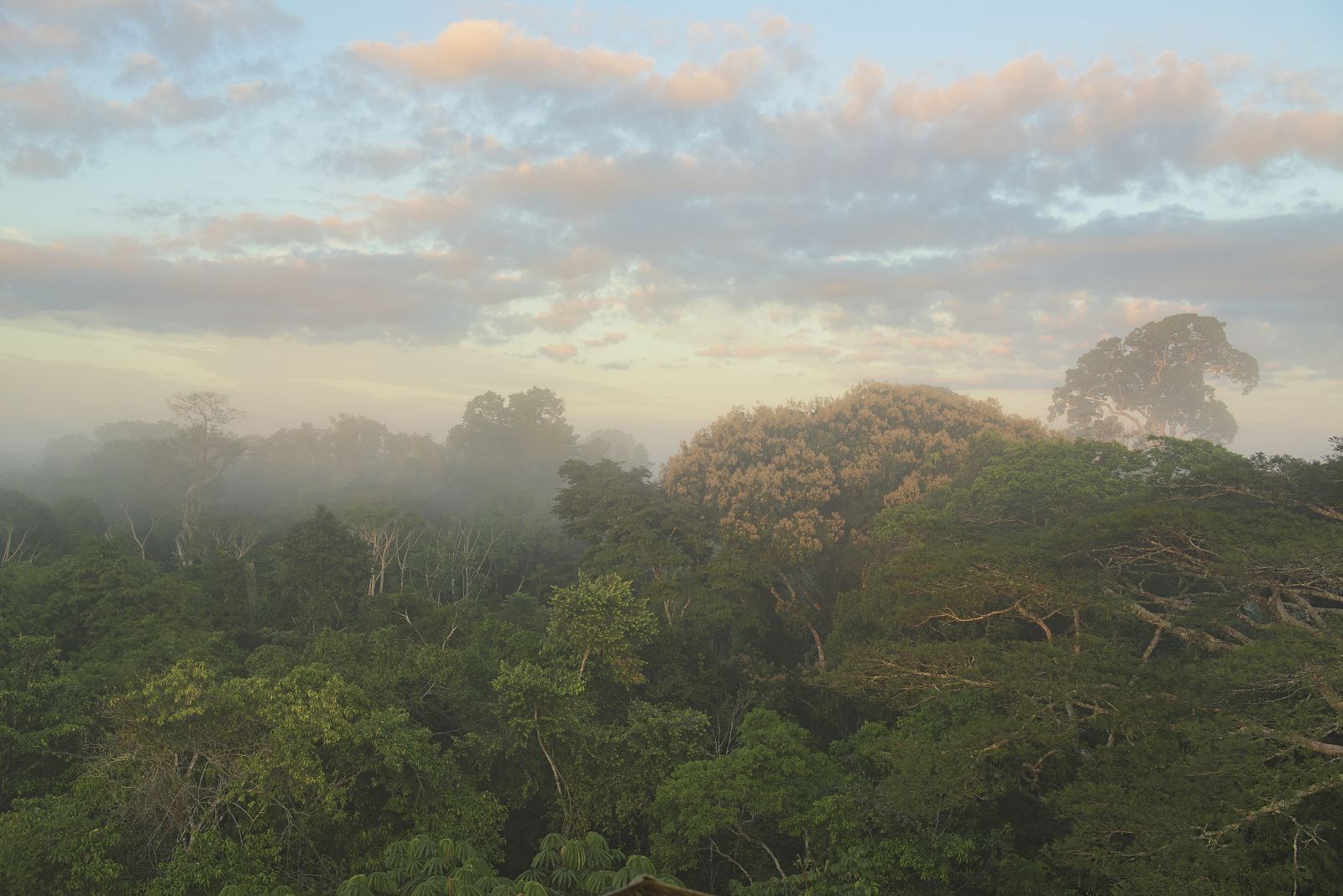
The Amazon is not just a river; it’s a basin that is home to the largest rainforest on the planet, comprising 40% of South America. Even the fabled Amazon River itself is made up of over 1,000 tributaries, draining an area as big as the entire United States.
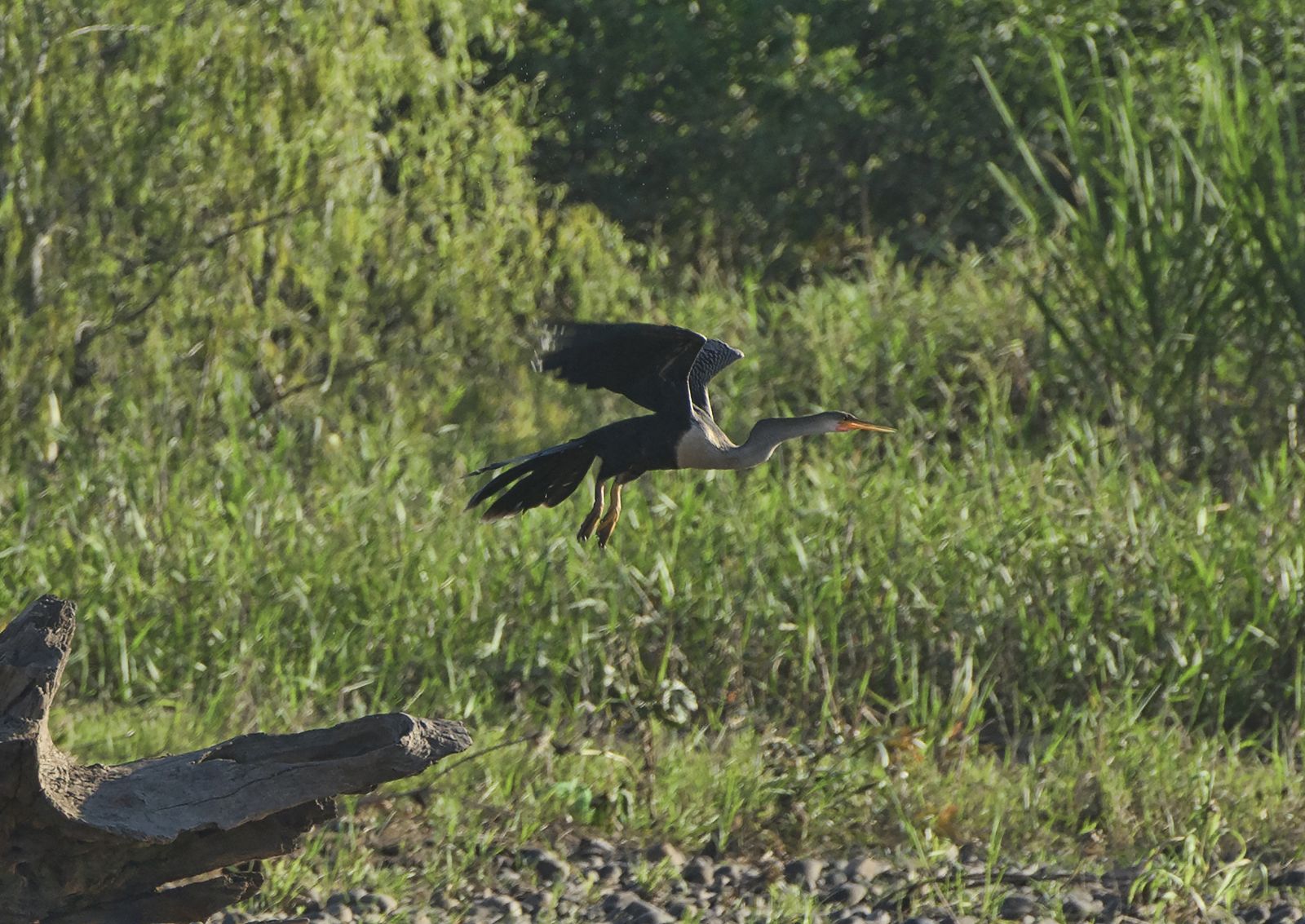
While Peru is better known for Machu Picchu and its Inca ruins, along with its Andean highland attractions, it is actually second only to Brazil in canopy tree cover, and Peruvian Amazonia has the second largest portion of the Amazon rainforest in Latin America. Mighty rivers like the Tambopata and Madre de Dios play host to oxbow lakes, flooded forests, exotic birds and wildlife, and are home to some of the Amazon’s most beautiful protected reserves.
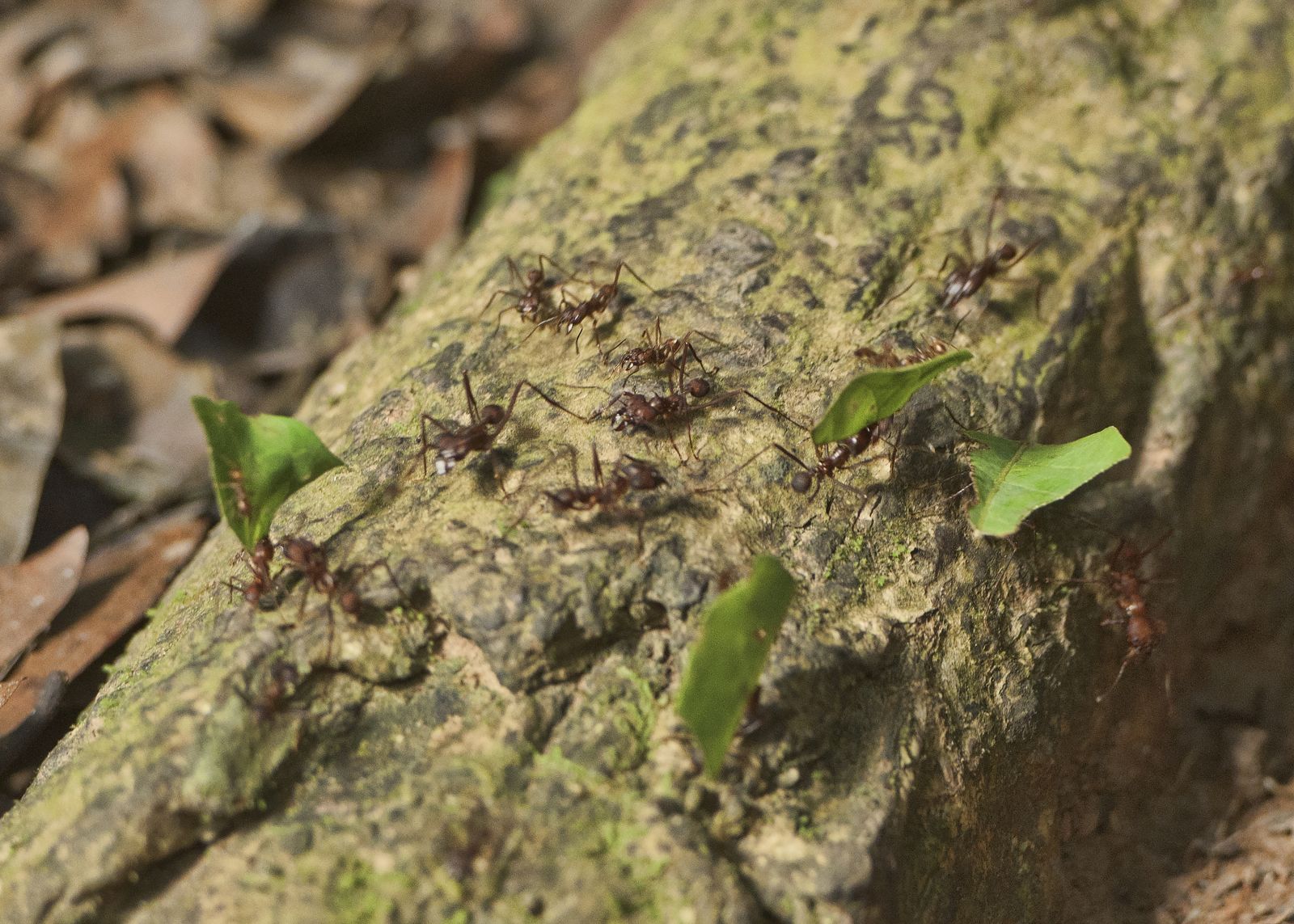
Accessible in just an hour by air from Cusco, or even via an overnight bus (from Cusco to Puerto Maldonado), my wife and I chose the Tambopata River for its relative ease of access, abundant opportunities to see wildlife, as well as the fact that we could swelter in relative comfort while exploring one of the world’s wildest places. We journeyed with Rainforest Expeditions (https://www.perunature.com/), an ecotourism outfitter that has three gorgeous ecolodges set in roadless areas of the Tambopata National Reserve and its adjacent buffer zones. Working with local communities and providing unrivalled wildlife-sighting opportunities with well-trained guides, Rainforest offers an excellent introduction to all that the Amazon has to offer.
.jpg)
We start our journey by boat, heading several hours up the Tambopata to Refugio Amazonas, set on a 200-hectare private reserve, and featuring a canopy tower overlooking the vast forest. We arrive in the evening, and immediately know our stay will be special when we check into our room and discover a beautiful tree frog sitting on the desk.
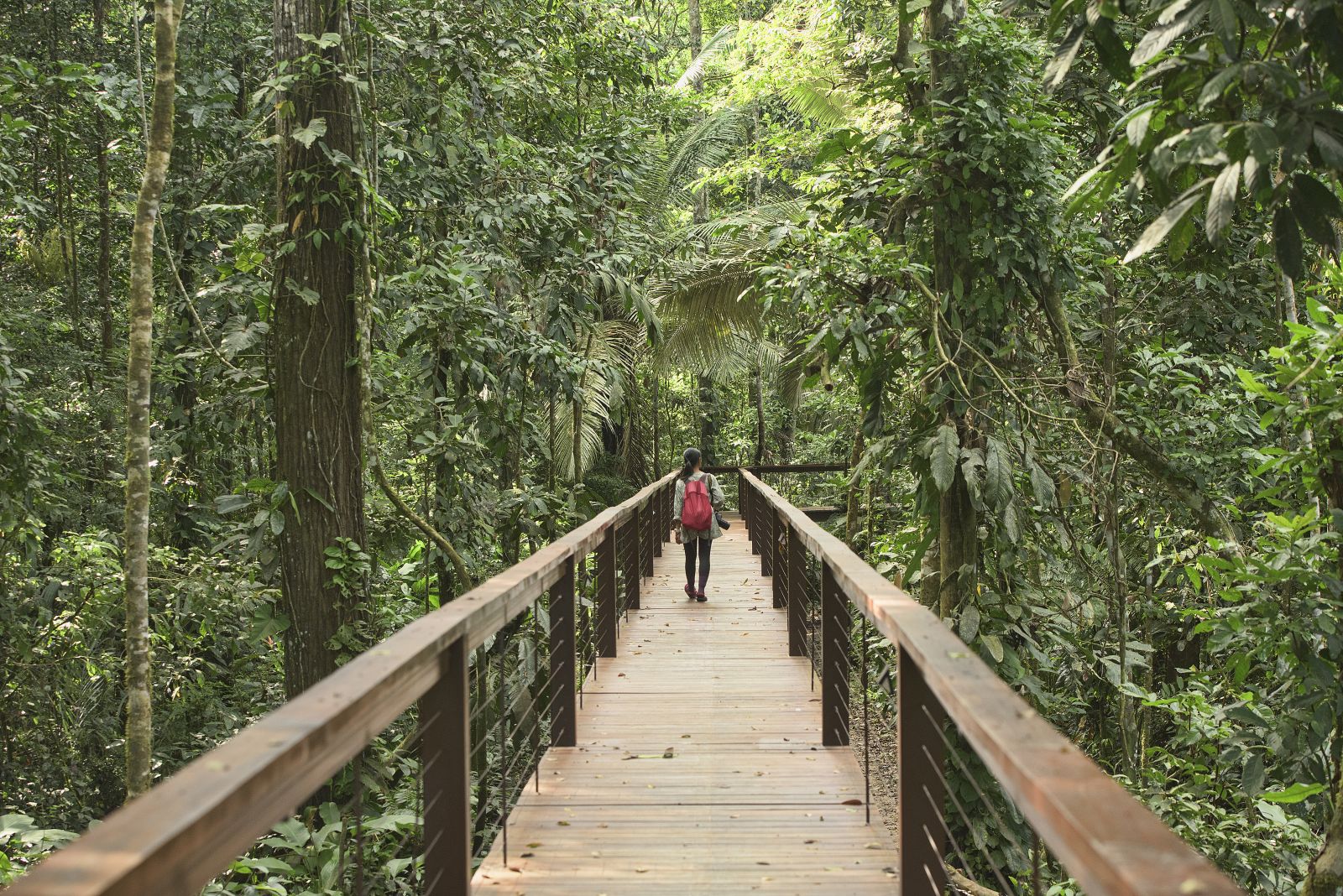
Rooms here – as in all Rainforest lodges – feature one side completely open to the jungle, letting you experience it as it lives, and while you’re protected from the bugs by mosquito netting, it’s something else to have a macaw fly into your room, or squirrel monkeys come sit on the balcony railing.
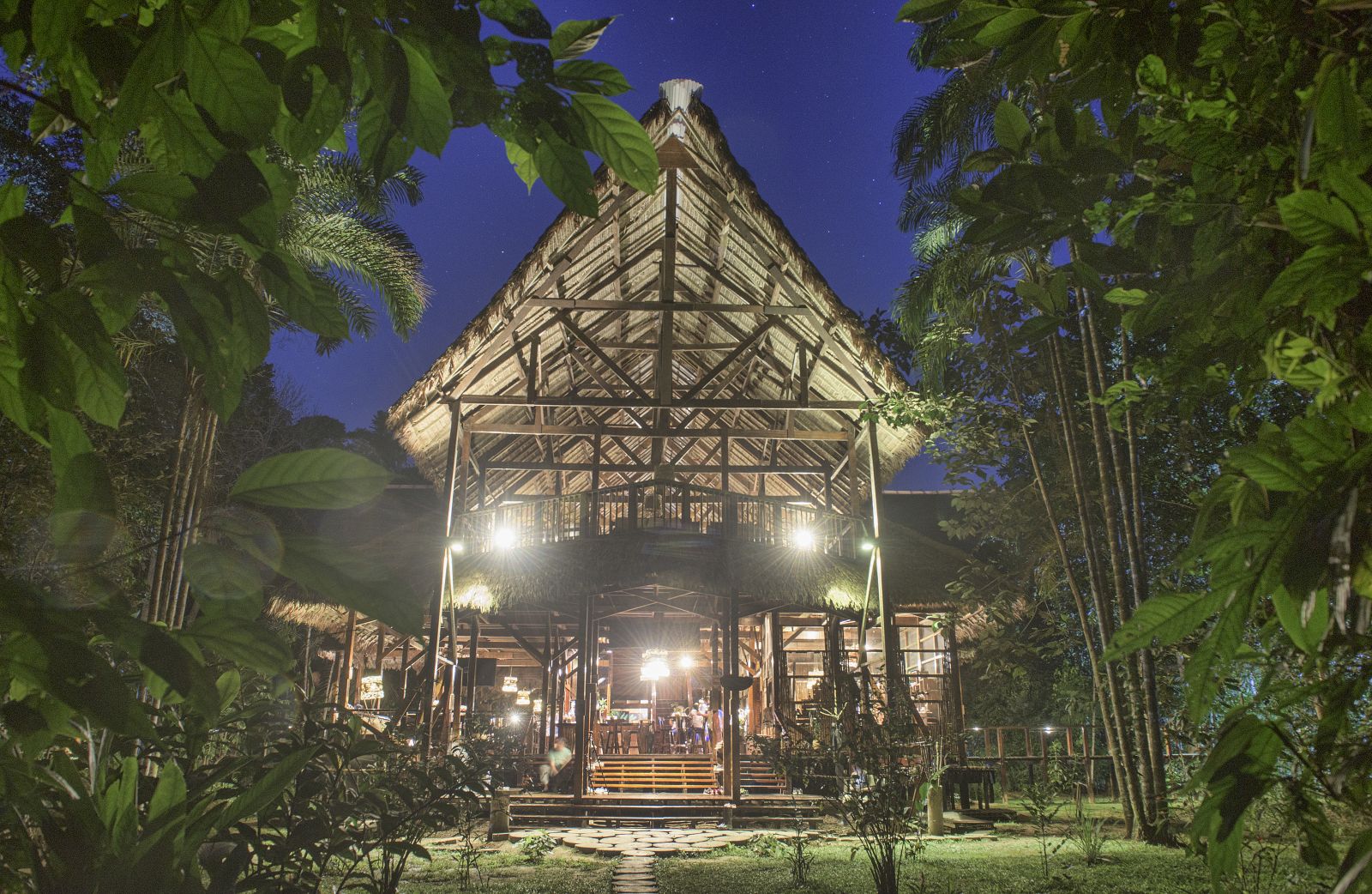
Before the break of dawn, we make our way through the jungle to the canopy tower, arriving at its summit just in time to watch the sun rise over a sea of trees. From up here, toucans are visible flying above a verdant landscape scattered with giant Brazil nut trees, the largest and oldest of any tree in the Amazon (and most dangerous as well, as the ripe fruit evidently kill a number of people each year unfortunate enough to be passing underneath when they fall!).
As you head up the Tambopata the terrain gets wilder, with caimans sunning themselves along the muddy banks, and capybara, the world’s largest living rodent – think a giant guinea pig with heavy fur – scurrying through the swamp grass foraging for food. The river becomes more swollen, the swarms of mosquitoes ever denser, and any signs of human habitation disappear. It’s here that you can come across puma, jaguar, and the rarer species of the rainforest.
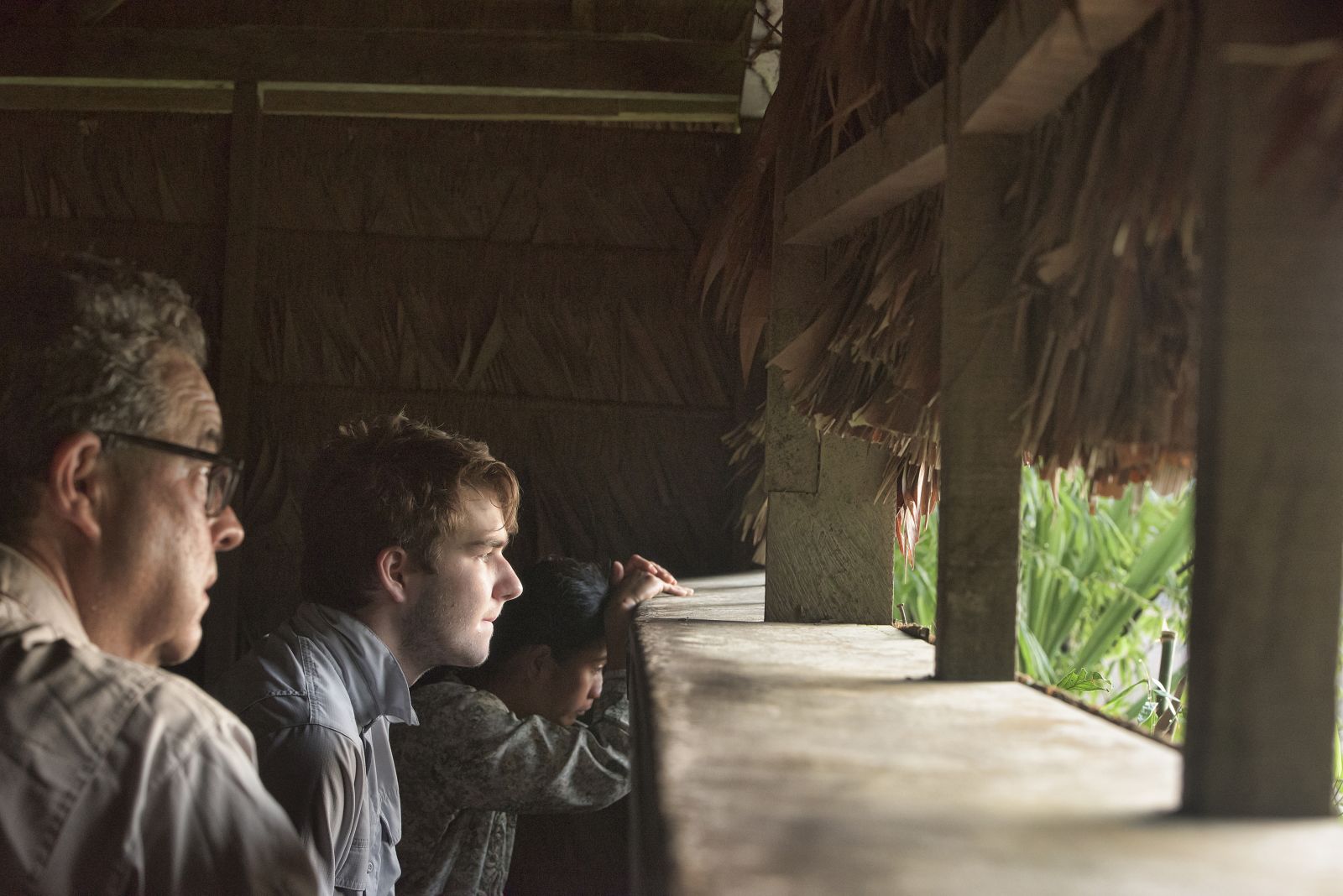
We enter the Tambopata Reserve, a strictly protected area and home to Rainforest’s Tambopata Research Centre (https://www.perunature.com/amazon_lodge/tambopata-research-center/). It’s the only place lucky enough to be allowed to function as an eco-tourism venue within the reserve. First a scientific research station, it now also functions as an intimate ecolodge.
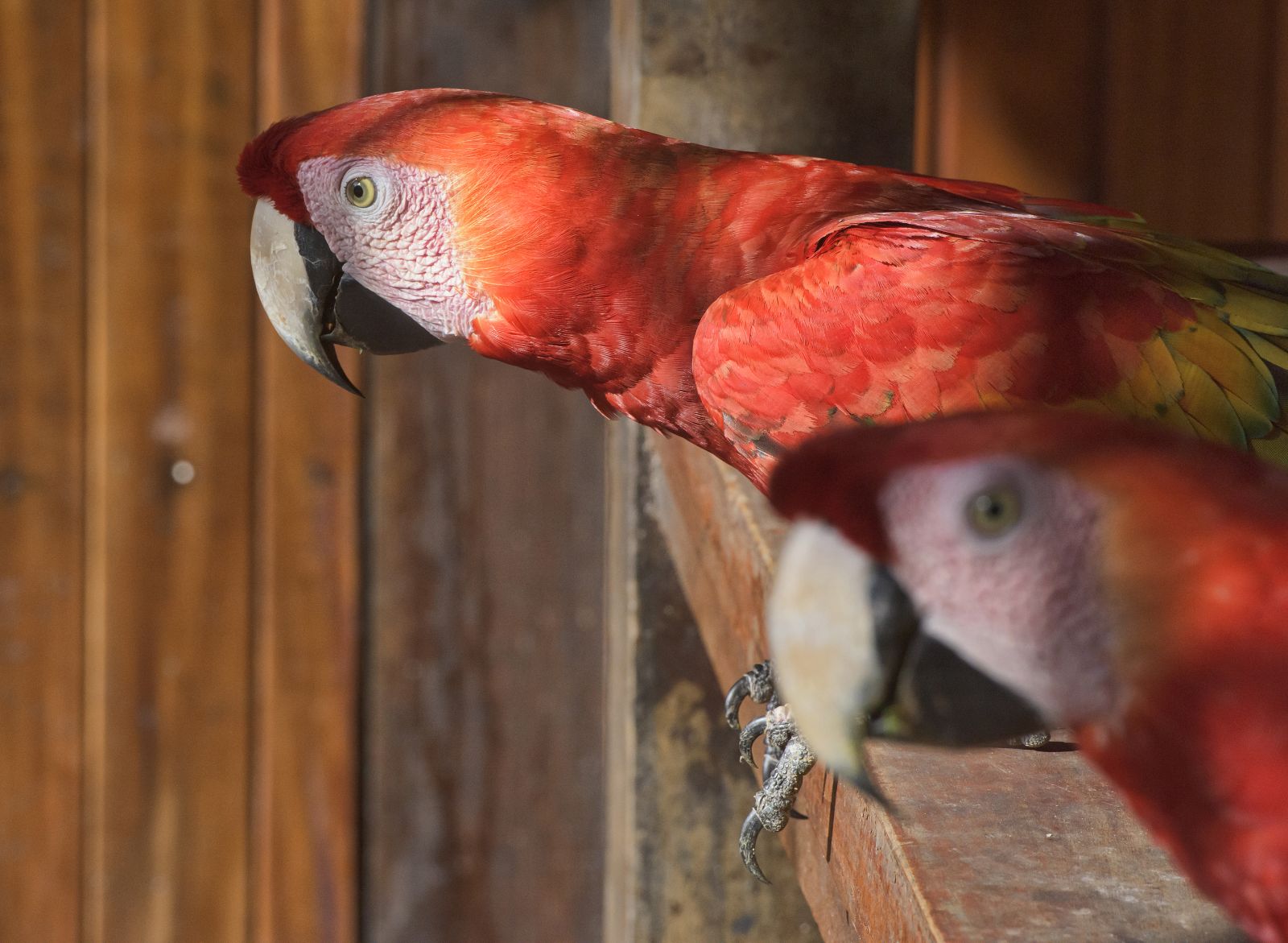
The big draw at the TRC is the resident population of wild macaws, as the centre hosts a macaw conservation project, and several of the birds have even become habitual guests in the dining room, flying in to check out what’s for breakfast.
Even better are the birding opportunities surrounding the lodge. The nearby Chuncho and Colorado clay licks feature nutrient-rich clay in the cliff soil along the river, and just after sunrise, hundreds and sometimes thousands of blue-fronted and Mealy parrots, as well as scarlet and red-and-green macaws flock down from the treetops to feed at the licks. Camouflaged blinds make it easy to sit and wait for the birds without disturbing them, offering a magical time in the still and quiet of the early morning, just a few humans surrounded by flocks of wild beautiful birds.
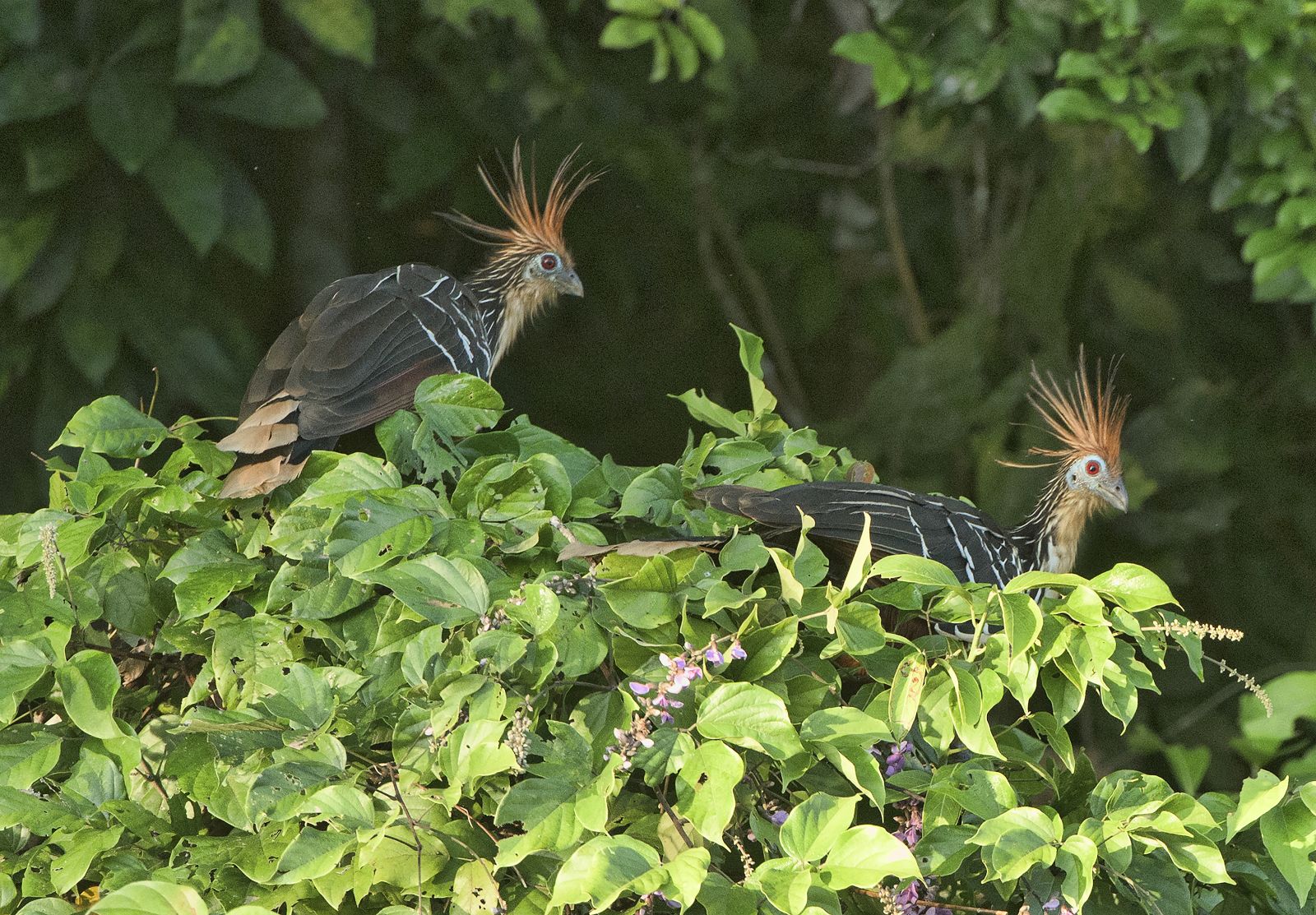
Noisy hoatzin birds, looking like punk rockers, make an appearance along the many oxbow lakes nearby, joined by arrays of darters, herons and majestic snakebirds. Toucans, parrots and macaws are harder to spot up close, but look up into the treetops, or at flying pairs or flocks overhead, and you get an immediate glimpse of the diversity of Amazonia.
Not to be outdone by their winged brethren, the creatures in the jungle forestation and on the ground are just as fascinating. From six different species of monkey to fascinating toiling ground-level critters: leaf-cutter ants that march en masse, carrying burdens many times their weight, and silent scorpions, best seen at night when they fluoresce under ultraviolet light (glowing from a substance found in the scorpion’s exoskeleton).
The jungle lives and breathes the moment you stop and take a moment to look.
We end our journey at the third of Rainforest’s magical lodges, the Posada Amazonas. Here we used meat as bait and went fishing for piranhas, learning in the process that the fish, despite their razor-sharp teeth, are not quite the human predators that Hollywood makes them out to be. Later, we visit the Ese Eja Native Community, where we learn about some of the medicinal plants that grow in the Amazon, from the arthritis- and ulcer-relieving uña de gato (Cat’s claw), to the hallucinogenic ayahuasca, even getting treated to a few shots of alcohol made from an array of plants.
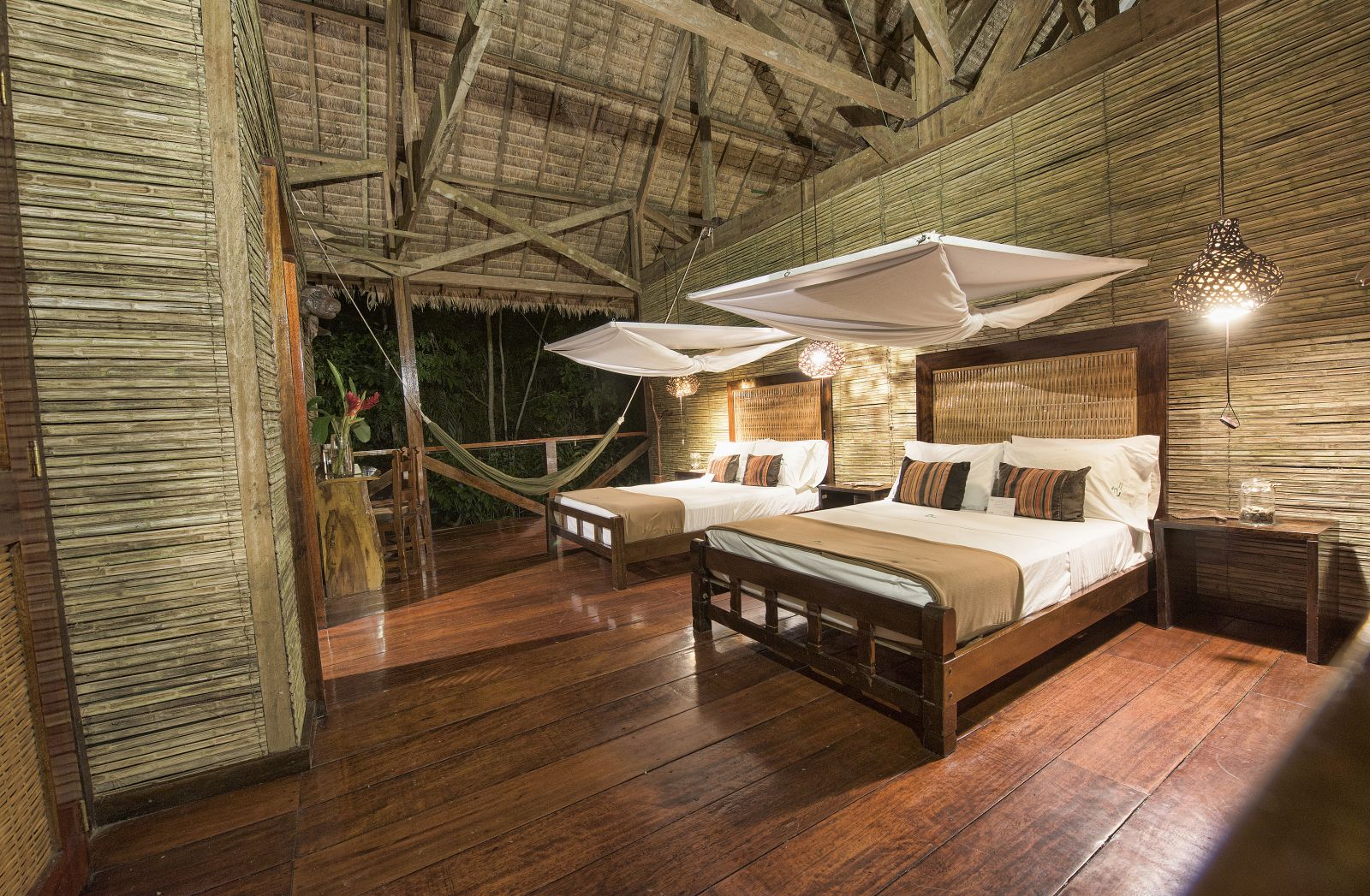
While we emerged with plenty of mosquito bites, bleary-eyed from daily sunrise starts (wildlife wakes early), we were none too worse for wear. Some of the lodge rooms featured decadent claw tubs set al fresco, one place was making its own craft beer, and a hammock was never too far away when the jungle heat and hiking just got to be too much.
It was our maiden journey into the heart of the Amazon, and most definitely not our last.
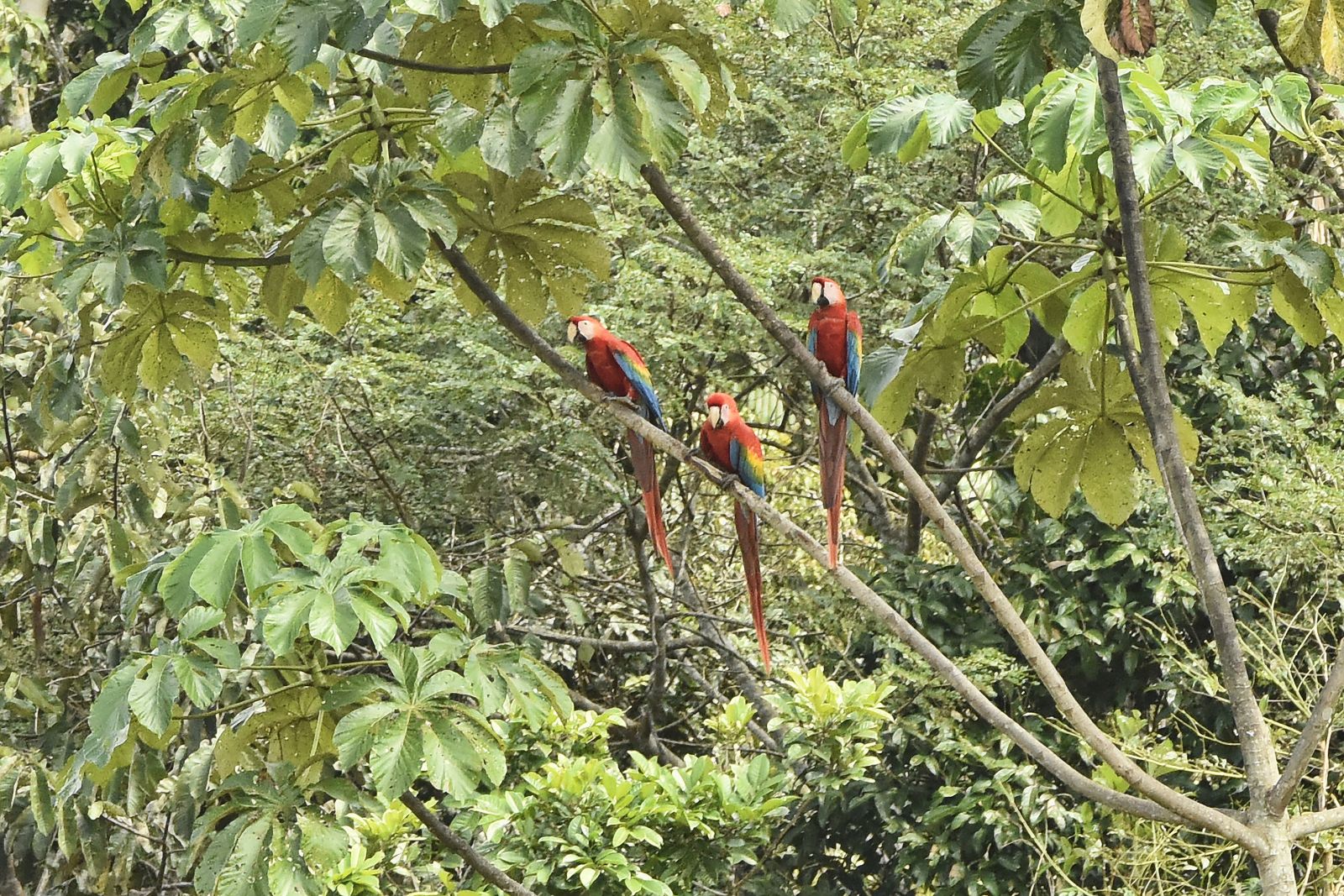


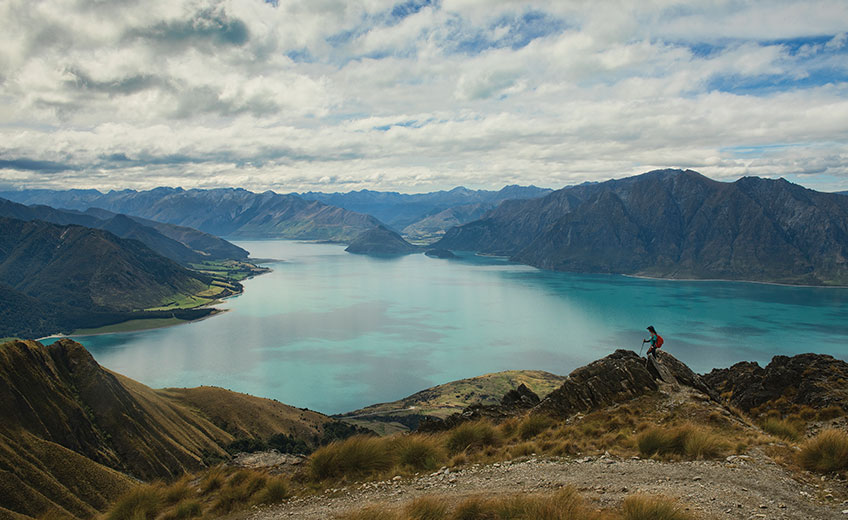
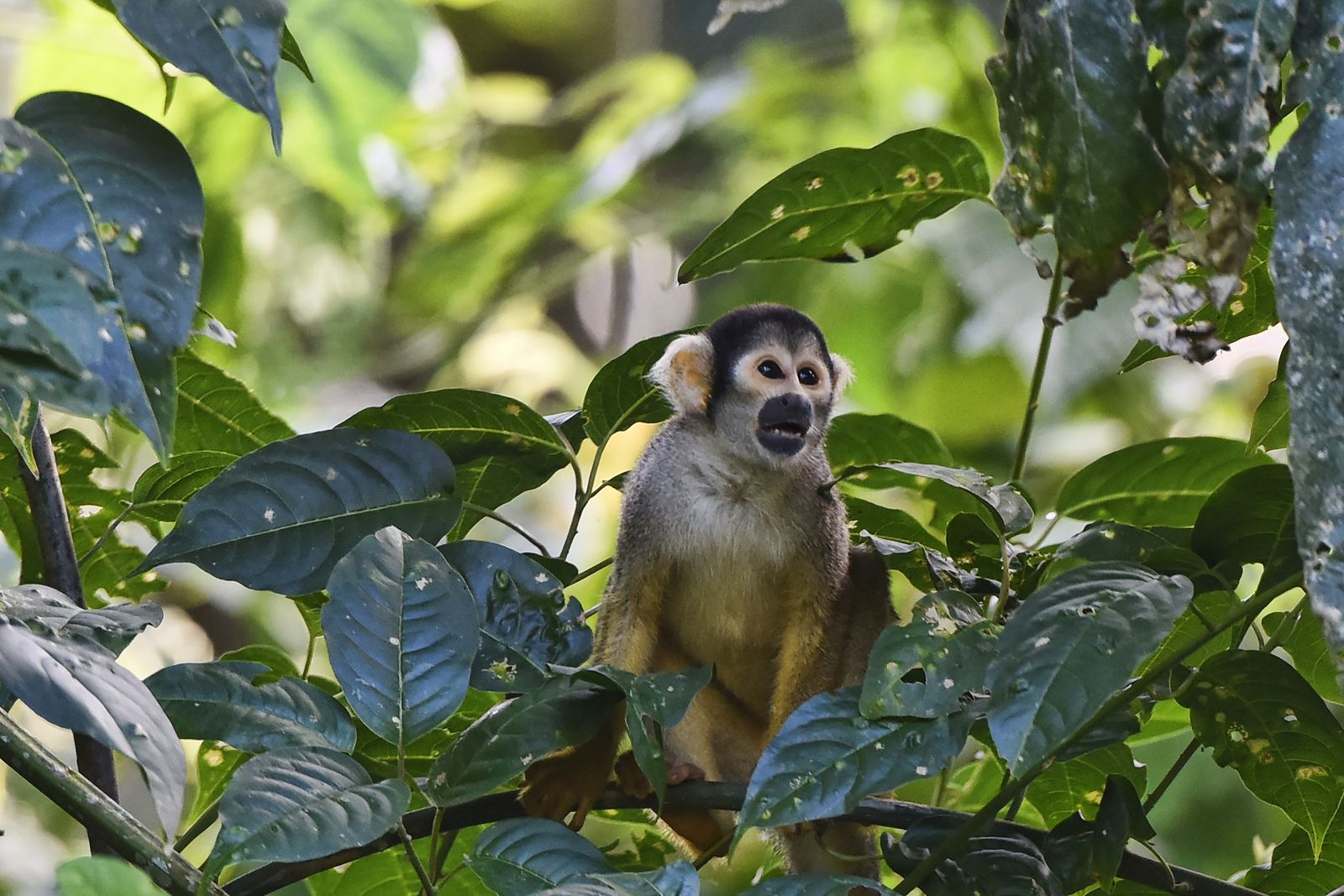
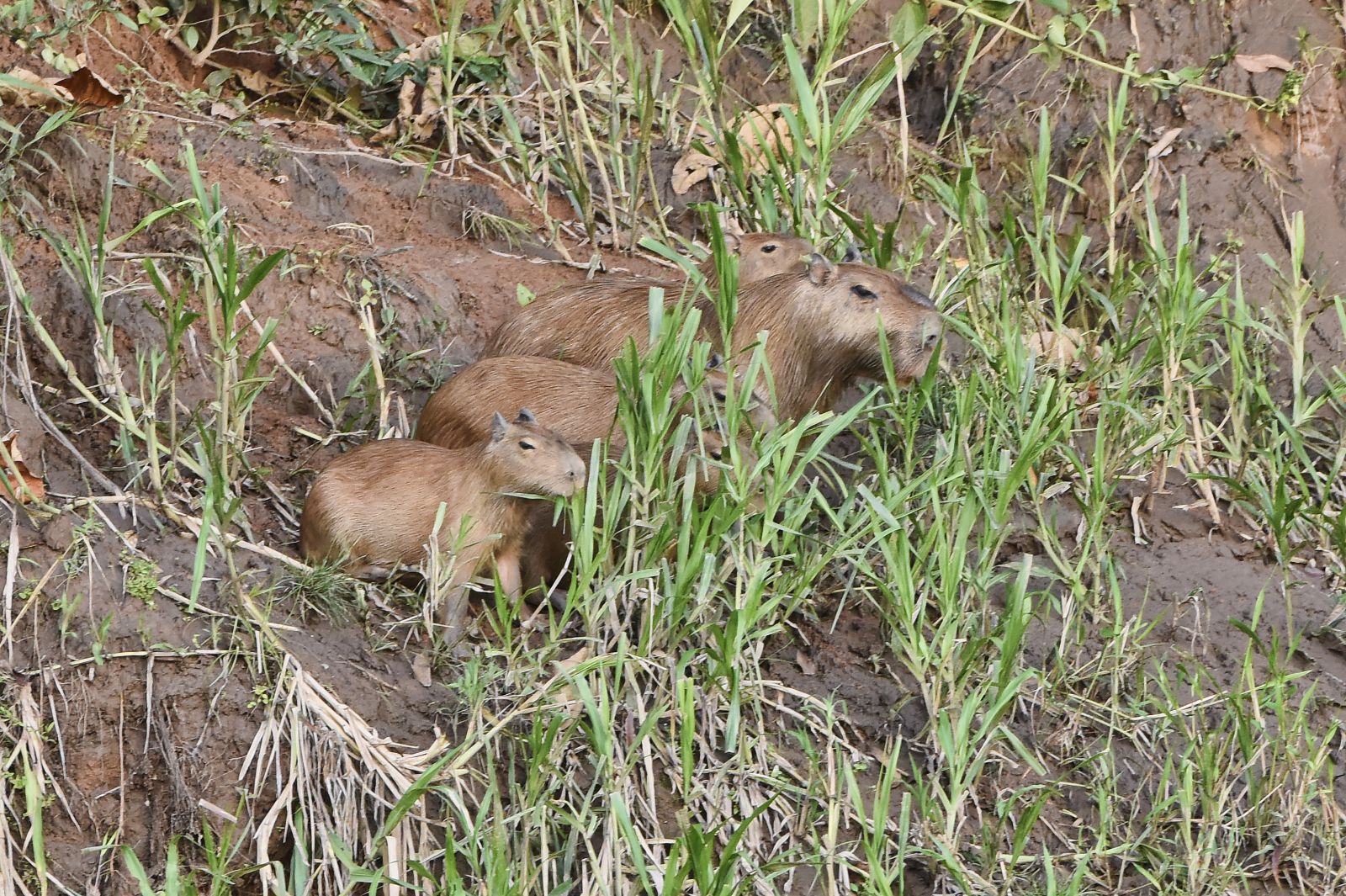
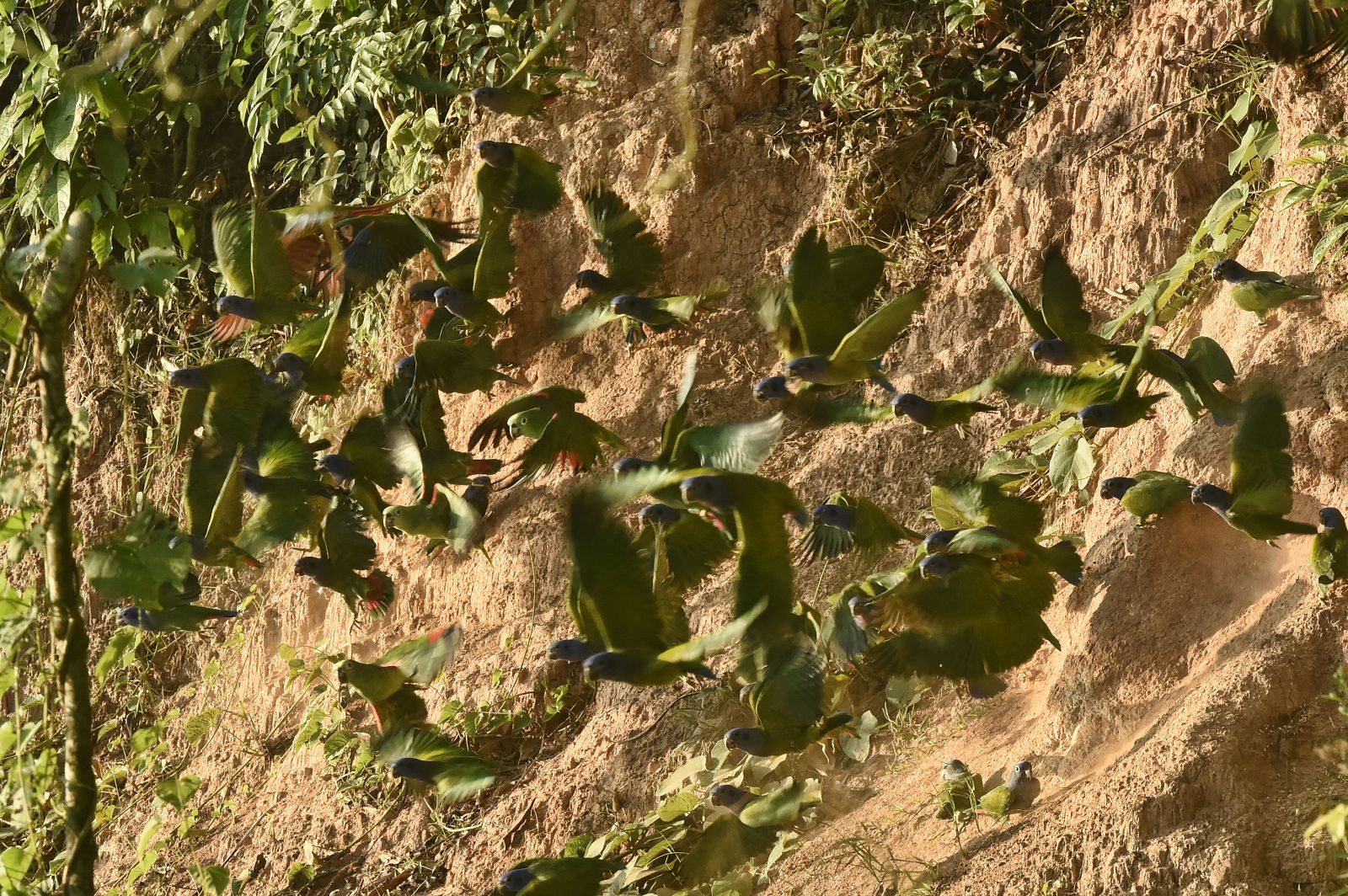
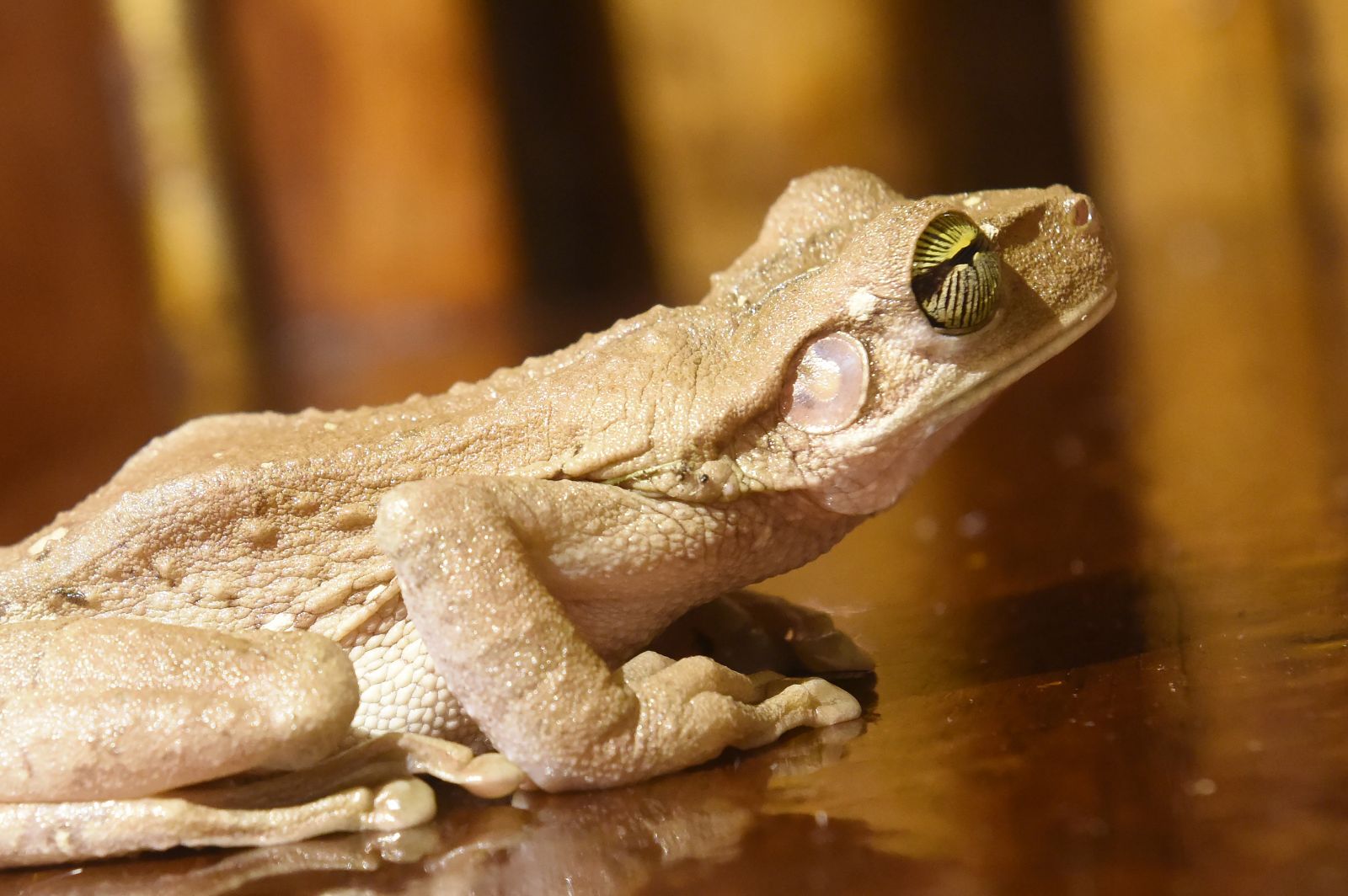
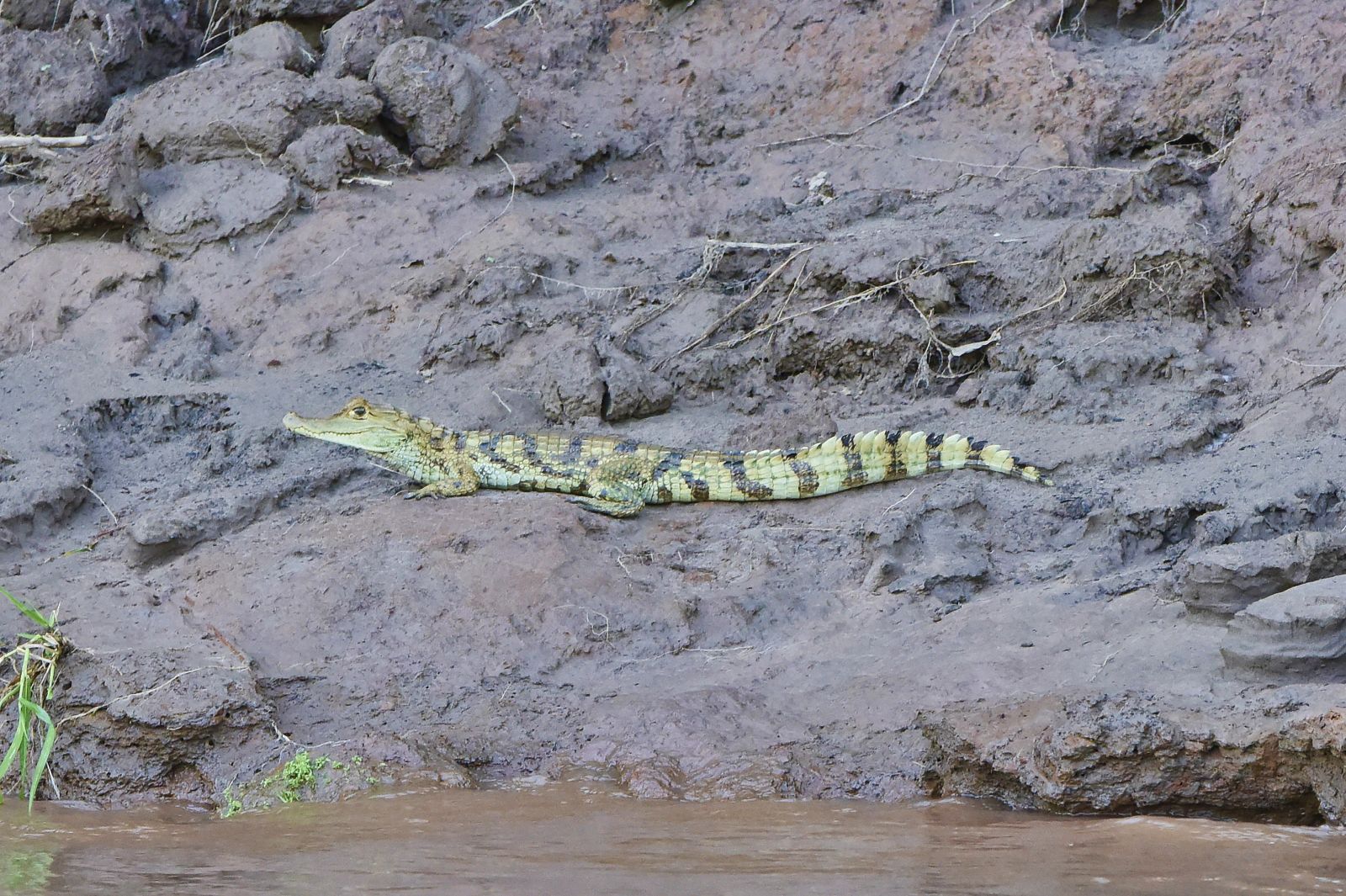
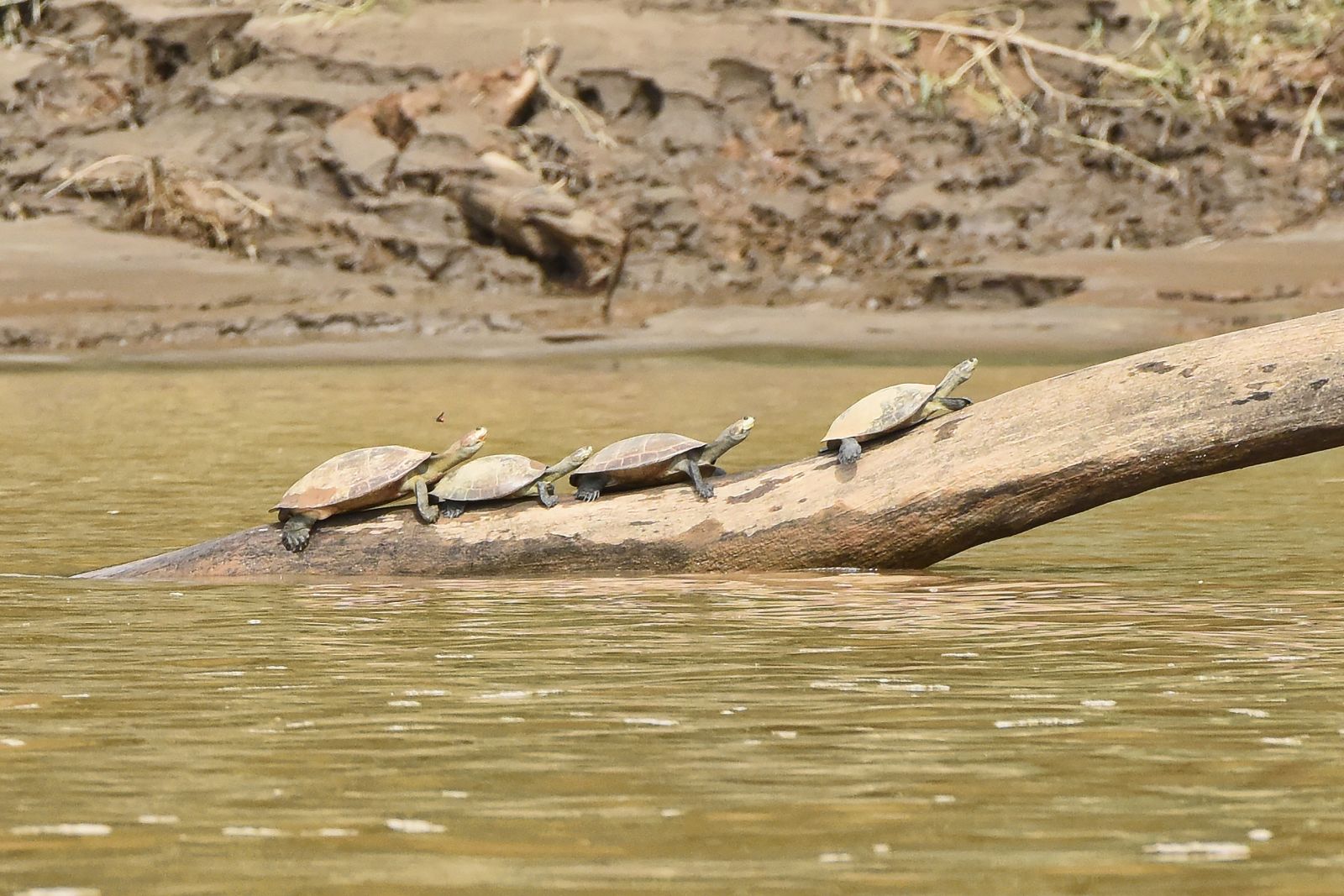
.JPG)











































































































































































































































































































































































































































































































































































































































































































































































































